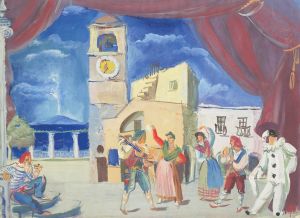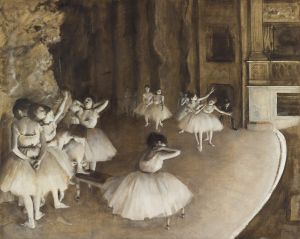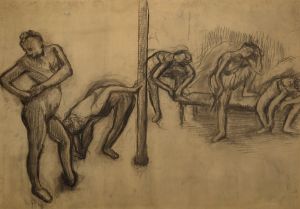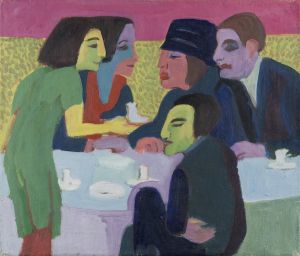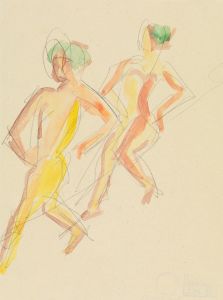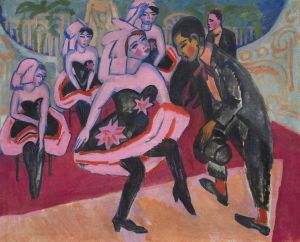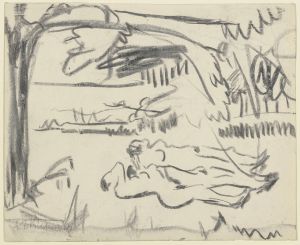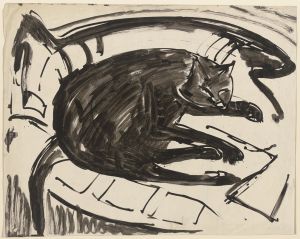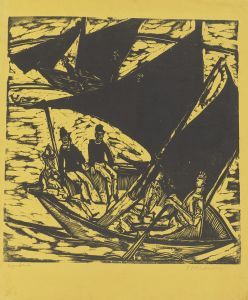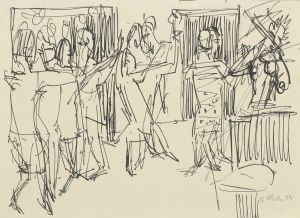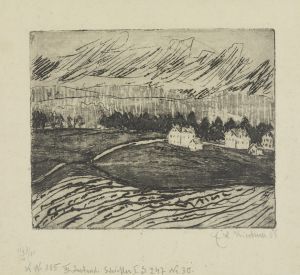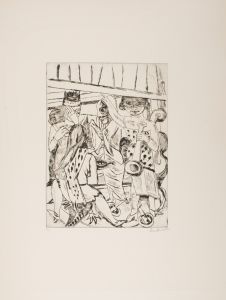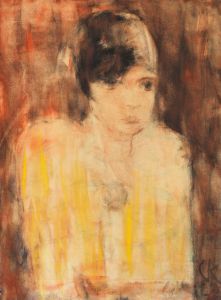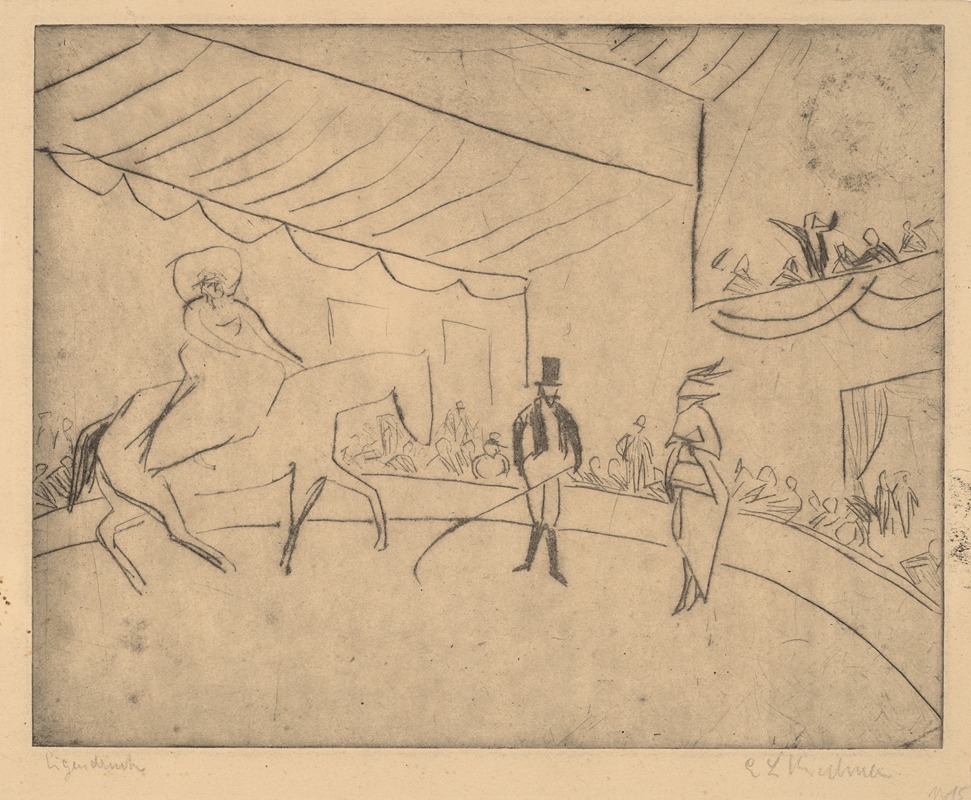
Hippodrome
A hand-painted replica of Ernst Ludwig Kirchner’s masterpiece Hippodrome, meticulously crafted by professional artists to capture the true essence of the original. Each piece is created with museum-quality canvas and rare mineral pigments, carefully painted by experienced artists with delicate brushstrokes and rich, layered colors to perfectly recreate the texture of the original artwork. Unlike machine-printed reproductions, this hand-painted version brings the painting to life, infused with the artist’s emotions and skill in every stroke. Whether for personal collection or home decoration, it instantly elevates the artistic atmosphere of any space.
Ernst Ludwig Kirchner (1880-1938) was a German expressionist painter and one of the founding members of the artist group Die Brücke (The Bridge), which played a pivotal role in the development of modern art in the early 20th century. Kirchner's work is characterized by its bold use of color, dynamic compositions, and a focus on the human figure, often depicted in urban settings or in nature.
One of Kirchner's notable works is "Hippodrome," created in 1912. This painting exemplifies Kirchner's expressionist style, marked by vivid colors, energetic brushstrokes, and a sense of movement and immediacy. "Hippodrome" captures a scene from a circus or a similar entertainment venue, reflecting Kirchner's fascination with modern urban life and its various forms of spectacle and performance.
In "Hippodrome," Kirchner employs a vibrant palette dominated by reds, blues, and yellows, which create a sense of excitement and dynamism. The composition is filled with figures in motion, including performers and spectators, all rendered in Kirchner's distinctive, angular style. The figures are elongated and somewhat distorted, emphasizing the emotional intensity of the scene rather than adhering to realistic proportions.
The painting's composition is dynamic, with diagonal lines and overlapping forms that convey a sense of chaos and energy. This approach is typical of Kirchner's work during this period, as he sought to capture the frenetic pace of modern life and the sensory overload of urban environments. The use of bold, contrasting colors and the expressive quality of the brushwork further enhance the painting's sense of immediacy and vitality.
Kirchner's interest in the circus and other forms of popular entertainment was part of a broader fascination with the modern metropolis and its diverse inhabitants. He often depicted scenes from Berlin's nightlife, including cabarets, dance halls, and theaters, as well as more everyday urban scenes. These works reflect his desire to explore the complexities of modern life and the ways in which individuals navigate the rapidly changing social and cultural landscape of the early 20th century.
"Hippodrome" is a testament to Kirchner's ability to convey the energy and excitement of contemporary urban life through his distinctive expressionist style. The painting captures a moment of intense activity and spectacle, inviting viewers to immerse themselves in the vibrant world of the circus and the broader urban environment it represents.
Ernst Ludwig Kirchner's contributions to the expressionist movement and his innovative approach to depicting modern life have left a lasting impact on the history of art. His works, including "Hippodrome," continue to be celebrated for their bold use of color, dynamic compositions, and emotional intensity, offering a window into the vibrant and often tumultuous world of early 20th-century urban life.





